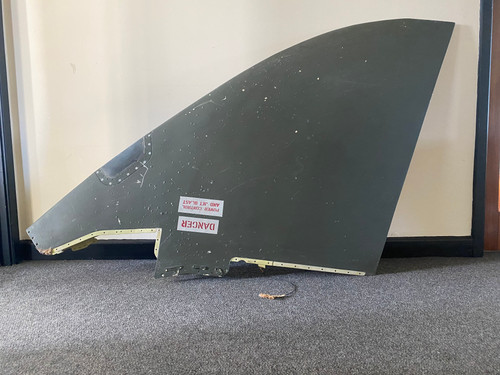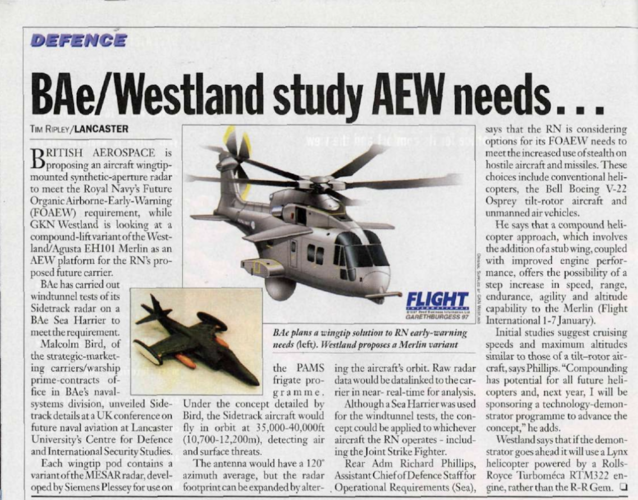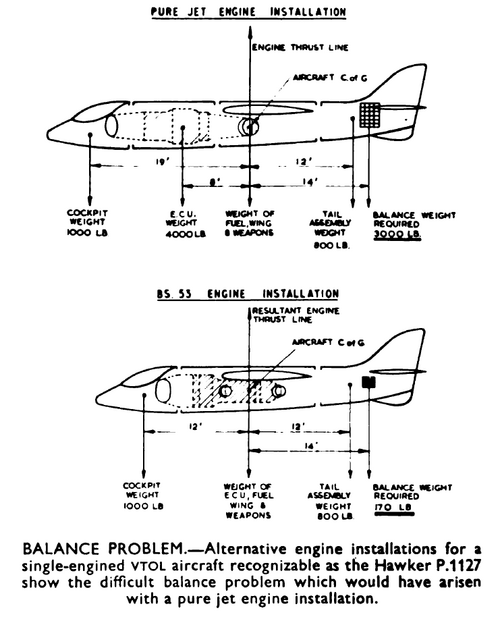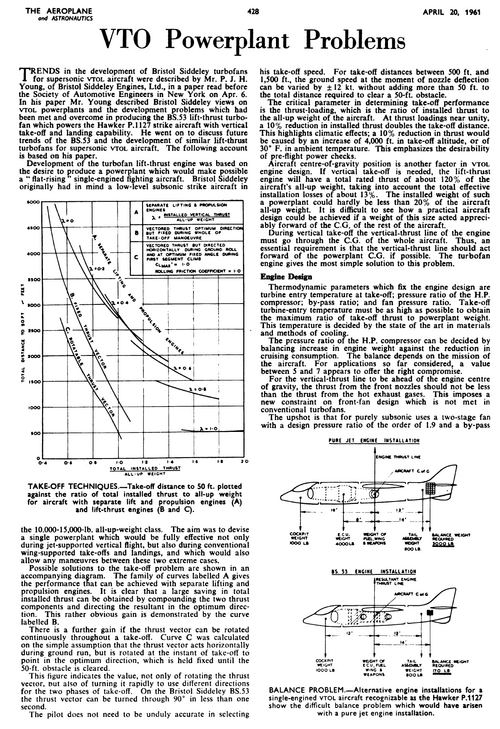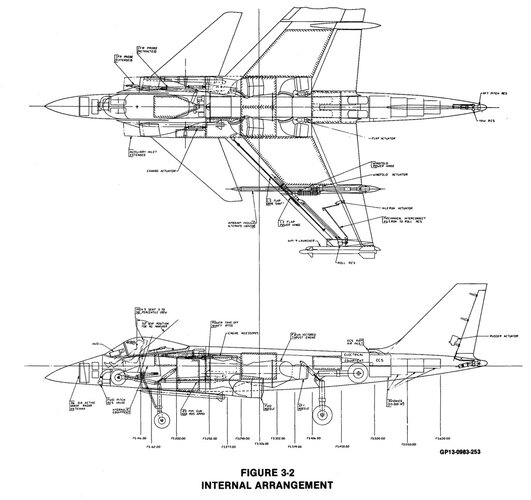Our Chairman has reminded us that it was the aircraft’s unique flexibility that allowed it to be deployed to Belize in 1975. Indeed, the Harrier was the only combat aircraft in front-line service capable of operating from the short single runway at Belize Airport. In response to the Guatemalan threat of invasion, No 1 Sqn was placed at seven day’s notice to move on its return in October of that year from an APC at Decimomannu. Following a short period of frantic preparation, the squadron deployed six aircraft with Victor tanker support to Belize via Goose Bay and Bermuda. Of interest, because of Fidel Castro’s support for Belizean independence and his stance, therefore, against Guatemala, the squadron was denied US landing rights and facilities. In preparing for the deployment, Peter Taylor had argued strongly against the use of ferry wing tips which would delay generating the aircraft for operations on arrival. He won the debate and the first two aircraft were airborne again on CAP within twenty minutes of landing.

